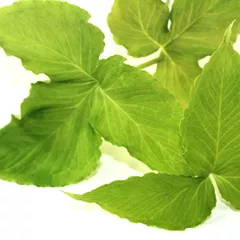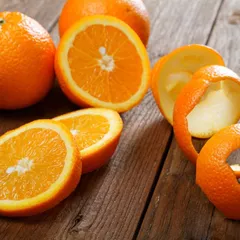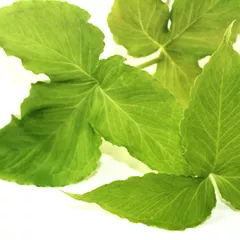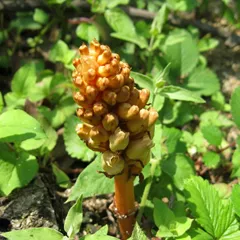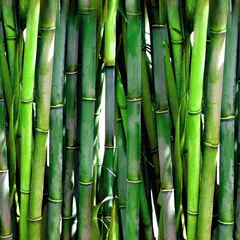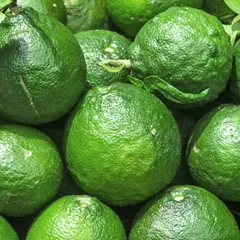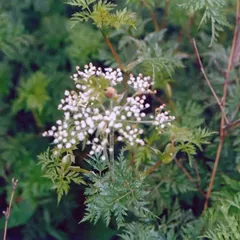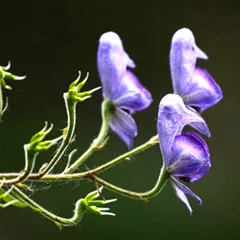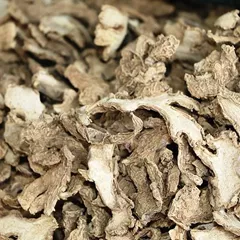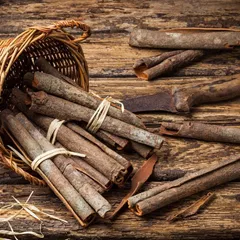Xiang Sha Liu Jun Zi Tang
Xiang Sha Liu Jun Zi Tang
Chinese: 香砂六君子汤
Pinyin: Xiāng Shā Liù Jūn Zǐ Tāng
Other names: Six-Gentlemen Decoction with Costus root and Amomum fruit
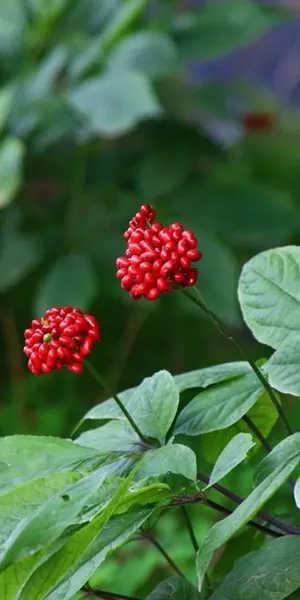
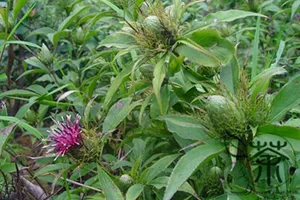
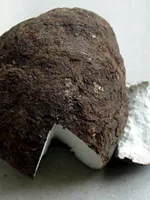
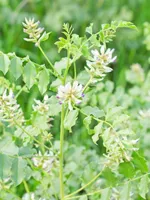




Xiang Sha Liu Jun Zi Tang
Xiang Sha Liu Jun Zi Tang
Chinese: 香砂六君子汤
Pinyin: Xiāng Shā Liù Jūn Zǐ Tāng
Other names: Six-Gentlemen Decoction with Costus root and Amomum fruit
Number of ingredients: 9 herbs
Formula category: Formulas that dispel Phlegm
Mother formula: Liu Jun Zi Tang
Conditions for which it may be prescribed: Morning sicknessLate menstruationAbsence of menstruation
- Tonifies Spleen and Stomach Qi
- Removes Dampness
- Moves Qi
- Alleviates pain
Source date: 1675 AD
Source book: Discussion of Famous Physicians' Formulas Past and Present
The information provided here is not a replacement for a doctor. You shouldn't use it for the purpose of self-diagnosing or self-medicating but rather so you can have a more informed discussion with a professional TCM practitioner.
Xiang Sha Liu Jun Zi Tang is a 9-ingredient Chinese Medicine formula with Ginseng (Ren Shen) as a principal ingredient.
Invented in 1675 AD, it belongs to the category of formulas that dispel Phlegm. Its main actions are: 1) tonifies Spleen and Stomach Qi and 2) removes Dampness.
In Chinese Medicine health conditions are thought to arise due to "disharmonies" in the body as a system. These disharmonies are called "patterns" and the very purpose of herbal formulas is to fight them in order to restore the body's harmony.
In this case Xiang Sha Liu Jun Zi Tang is used by TCM practitioners to fight patterns like Damp-Phlegm, Damp-Phlegm in the Uterus or Stomach Deficiency. From a Western Medicine standpoint, such patterns can give rise to a range of conditions such as late menstruation, absence of menstruation or morning sickness for instance.
On this page, after a detailed description of each of the nine ingredients in Xiang Sha Liu Jun Zi Tang, we review the patterns and conditions that Xiang Sha Liu Jun Zi Tang helps treat.
The nine ingredients in Xiang Sha Liu Jun Zi Tang
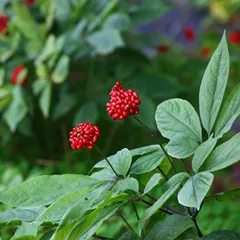
Ren Shen is a king ingredient in Xiang Sha Liu Jun Zi Tang. Like the name indicates, it means it has more power than other ingredients in the formula.
1. Ginseng (Ren Shen)
Part used: Dried root
Nature: Warm
Meridian affinity: HeartLungSpleen
Category: Tonic herbs for Qi Deficiency
Ren Shen is a a powerful tonic for the Spleen Qi. Today however it is often substituted for Dang Shen (Codonopsis root), which plays a similar role and is significantly less expensive. It also tonifies Stomach Qi and resolve Dampness.
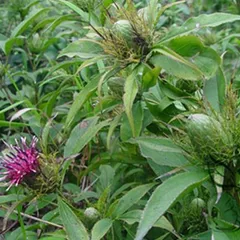
Bai Zhu is a deputy ingredient in Xiang Sha Liu Jun Zi Tang. This means it helps the king ingredient(s) treat the main pattern or it serves to treat a coexisting pattern.
2. Atractylodes Rhizomes (Bai Zhu)
Part used: Dried rhizome
Nature: Warm
Meridian affinity: SpleenStomach
Category: Tonic herbs for Qi Deficiency
In general Bai Zhu's main actions are as follows: "Tonifies the Spleen Qi. Fortifies the Spleen Yang and dispels Damp through urination. Tonifies Qi and stops sweating. Calms restless fetus when due to Deficiency of Spleen Qi."
In the context of Xiang Sha Liu Jun Zi Tang, it is used because it tonifies Spleen Qi and Stomach Qi and resolves Dampness.
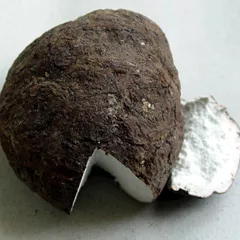
3. Poria-Cocos Mushrooms (Fu Ling)
Part used: Dried sclerotium
Nature: Neutral
Taste(s): Sweet
Meridian affinity: HeartKidneyLungSpleen
Category: Herbs that drain Dampness
In general Fu Ling's main actions are as follows: "Encourages urination and drains Dampness. Tonic to the Spleen/Stomach. Assists the Heart and calms the Spirit."
In the context of Xiang Sha Liu Jun Zi Tang, it is used because it removes Dampness and assists Ginseng or Codonopsis root in strengthening the Spleen. .
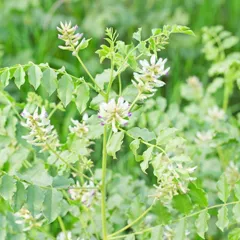
4. Liquorice (Gan Cao)
Part used: Dried root and rhizome
Nature: Neutral
Taste(s): Sweet
Meridian affinity: HeartLungSpleenStomach
Category: Tonic herbs for Qi Deficiency
In general Gan Cao's main actions are as follows: "Tonifies the Basal Qi and nourishes the Spleen Qi. Clears Heat and dispels toxicity. Moistens the Lungsexpel phlegm and stop coughing. Relieves spasms and alleviates pain. Harmonizes and moderates the effects of other herbs."
In the context of Xiang Sha Liu Jun Zi Tang, it is used because it warms and regulates the Middle Burner and moderates the draining property of Poria-cocos mushrooms.
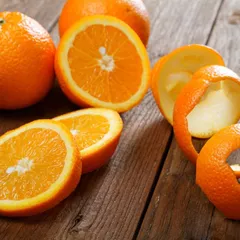
5. Tangerine Peel (Chen Pi)
Chen Pi is a drying herb that directs the Qi downward and helps remove obstruction in the Middle Burner by Phlegm-Dampness. This is characterized by Rebellious Qi of the Stomach and Lungs with symptoms like nausea, vomiting (for the stomach part) and coughing sputum (for the Lungs).
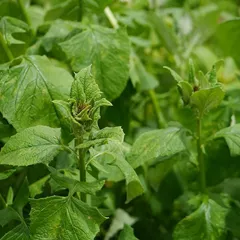
7. Costus Roots (Mu Xiang)
Part used: Dried root
Nature: Warm
Meridian affinity: GallbladderLarge intestineLiverLungSpleenStomach
Category: Herbs that regulate Qi
In general Mu Xiang's main actions are as follows: "Relieves the Stagnation of Qi of the digestion in the Spleen, Stomach and Intestines. Relieves Qi Stagnation of the Liver and Gallbladder. Strengthens the Spleen and is used with tonifying herbs to prevent their potential cloying effects."
In the context of Xiang Sha Liu Jun Zi Tang, it is used because it moves Qi and eliminates Stagnation in the epigastrium.
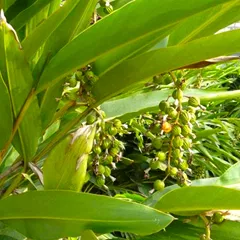
8. Amomum Fruits (Sha Ren)
Part used: Dried ripe fruit
Nature: Warm
Taste(s): Pungent
Meridian affinity: KidneySpleenStomach
Category: Aromatic herbs that transform Dampness
In general Sha Ren's main actions are as follows: "Warms the Spleen and transforms Dampness. Promotes the movement of Qi for Damp and Stagnant conditions of the Stomach and Spleen. Settles a restless fetus and stops morning sickness. Prevents cloying and Stagnation sometimes caused by tonifying herbs."
In the context of Xiang Sha Liu Jun Zi Tang, it is used because it moves Qi, stops nausea. and eliminates Stagnation in the epigastrium.

9. Fresh Ginger (Sheng Jiang)
In general Sheng Jiang's main actions are as follows: "Relieves the Exterior and disperses Cold. Warms and circulates Qi in the Middle Burner. Calms a restless fetus and treats morning sickness. Treats seafood poisoning."
Conditions and patterns for which Xiang Sha Liu Jun Zi Tang may be prescribed
It's important to remember that herbal formulas are meant to treat patterns, not "diseases" as understood in Western Medicine. According to Chinese Medicine patterns, which are disruptions to the body as a system, are the underlying root cause for diseases and conditions.
As such Xiang Sha Liu Jun Zi Tang is used by TCM practitioners to treat four different patterns which we describe below.
But before we delve into these patterns here is an overview of the Western conditions they're commonly associated with:
Late menstruation Absence of menstruation Morning sickness
Again it wouldn't be correct to say "Xiang Sha Liu Jun Zi Tang treats late menstruation" for instance. Rather, Xiang Sha Liu Jun Zi Tang is used to treat patterns that are sometimes the root cause behind late menstruation.
Now let's look at the four patterns commonly treated with Xiang Sha Liu Jun Zi Tang.
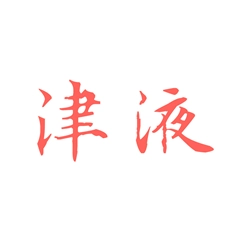
Body Fluids (Jin Ye) is one of Chinese Medicine's vital subtances. Learn more about Body Fluids in Chinese Medicine
Damp-Phlegm
Pulse type(s): Slippery (Hua)
Symptoms: Nausea Obesity Fatigue No thirst Fat belly Oily skin Overweight Swollen limbs Yellow dark skin Profuse white sputum Sticky taste in the mouth Epigastric focal distention Focal distention of the chest
Xiang Sha Liu Jun Zi Tang is sometimes prescribed by TCM practitioners to treat Damp-Phlegm. This pattern leads to symptoms such as profuse white sputum, focal distention of the chest, epigastric focal distention and nausea. Patients with Damp-Phlegm typically exhibit slippery (Hua) pulses.
This Phlegm is associated with or deriving from Dampness. The typical manifestation is profuse amount of white sticky sputum which is easy to spit as well as overweight. For these middle age men who develop big, fat and soft bellies, there are often some degree of Damp-Phlegm.
The pattern can be... read more about Damp-Phlegm
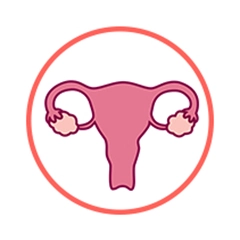
The Uterus is a so-called "Extraordinary" Organ. Learn more about the Uterus in Chinese Medicine
Damp-Phlegm in the Uterus
Pulse type(s): Slippery (Hua)
Symptoms: Edema Nausea Oedema Fatigue Obesity Dizziness Moodiness Amenorrhea Overweight Depression Late period Infertility Heavy limbs Loose stools Listlessness Palpitations Ovarian cysts Sputum throat Lack strength Scanty periods Ovarian myomas Chest fullness Vagina discharge Phantom pregnancy Shortness of breath Sore and weak limbs Lower abdominal pain Abodominal heaviness Dull-pale complexion Pale menstrual blood Dizziness or vertigo Feeling of heaviness Thick menstrual blood Sticky menstrual blood Brown vaginal discharge Polycystic ovary syndrome Excessive vaginal discharge Feeling of heaviness of body Menstruation decreases gratually Feeling of oppression of the chest
Xiang Sha Liu Jun Zi Tang is sometimes prescribed by TCM practitioners to treat Damp-Phlegm in the Uterus. This pattern leads to symptoms such as late period, amenorrhea, scanty periods and lower abdominal pain. Patients with Damp-Phlegm in the Uterus typically exhibit slippery (Hua) pulses.
Whenever the body has Dampness or Phlegm, the Spleen is always the first Organ to be checked, because it is responsible for Body Fluids metabolism. The Spleen transforms, transports, and distributes drinks along with food Essence and Grain Qi.
When these functions are impaired, Damp-Phlegm forms... read more about Damp-Phlegm in the Uterus
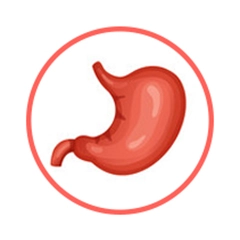
The Stomach is a so-called "Fu" Organ. Learn more about the Stomach in Chinese Medicine
Stomach Deficiency
Pulse type(s): Weak (Ruo)
Tongue color: Pale
Symptoms: Tiredness Dry mouth Depression Poor appetite Feeling of cold Nausea or vomiting
Xiang Sha Liu Jun Zi Tang is sometimes prescribed by TCM practitioners to treat Stomach Deficiency. This pattern leads to symptoms such as nausea or vomiting, tiredness, feeling of cold and poor appetite. Patients with Stomach Deficiency typically exhibit weak (Ruo) pulses as well as a pale tongue.

The Spleen is a so-called "Zang" Organ. Learn more about the Spleen in Chinese Medicine
Spleen and Stomach Qi Deficiency
Pulse type(s): Weak (Ruo)
Tongue color: Pale
Symptoms: Fatigue Deafness Tinnitus Belching Vomiting Diarrhea Dizziness Pale face Pale lips Weak voice Watery milk Unsteadiness Loose stools Poor appetite Blurred vision Pale complexion Shortness of breath Abdominal distension Lower abdominal pain No feeling of distension of the breasts Insufficient or absent lactation after childbirth
Xiang Sha Liu Jun Zi Tang is sometimes prescribed by TCM practitioners to treat Spleen and Stomach Qi Deficiency. This pattern leads to symptoms such as dizziness, unsteadiness, blurred vision and deafness. Patients with Spleen and Stomach Qi Deficiency typically exhibit weak (Ruo) pulses as well as a pale tongue.
Formulas similar to Xiang Sha Liu Jun Zi Tang
Liu Jun Zi Tang is 67% similar to Xiang Sha Liu Jun Zi Tang
Ban Xia Bai Zhu Tian Ma Tang is 67% similar to Xiang Sha Liu Jun Zi Tang
Er Chen Tang is 56% similar to Xiang Sha Liu Jun Zi Tang
Wen Dan Tang is 56% similar to Xiang Sha Liu Jun Zi Tang
Xiong Gui Er Chen Tang is 56% similar to Xiang Sha Liu Jun Zi Tang
Hui Yang Jiu Ji Tang is 55% similar to Xiang Sha Liu Jun Zi Tang

